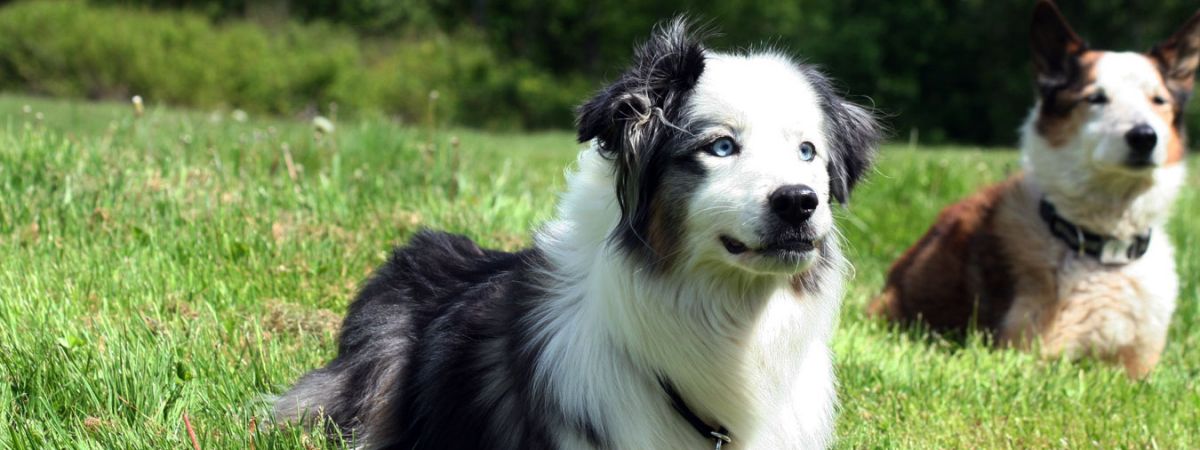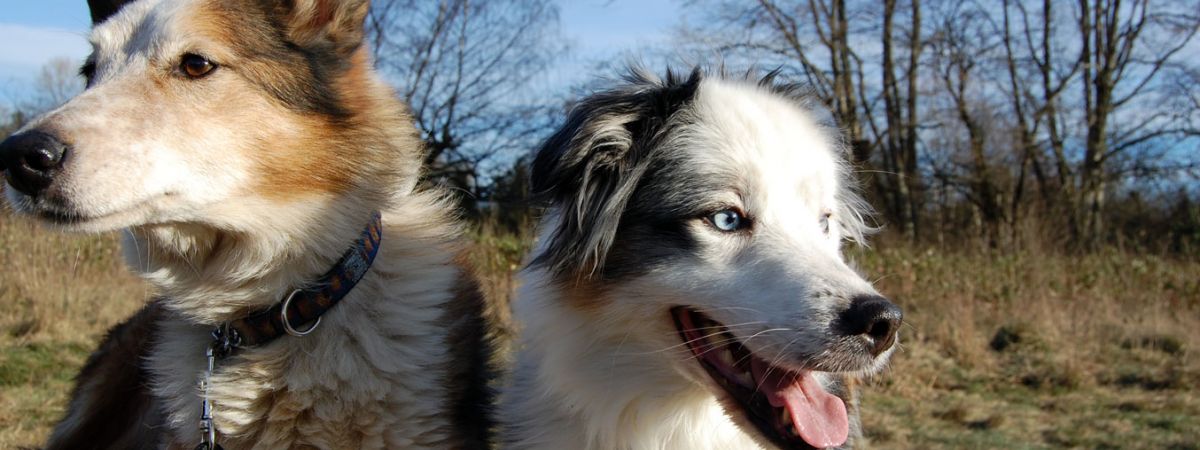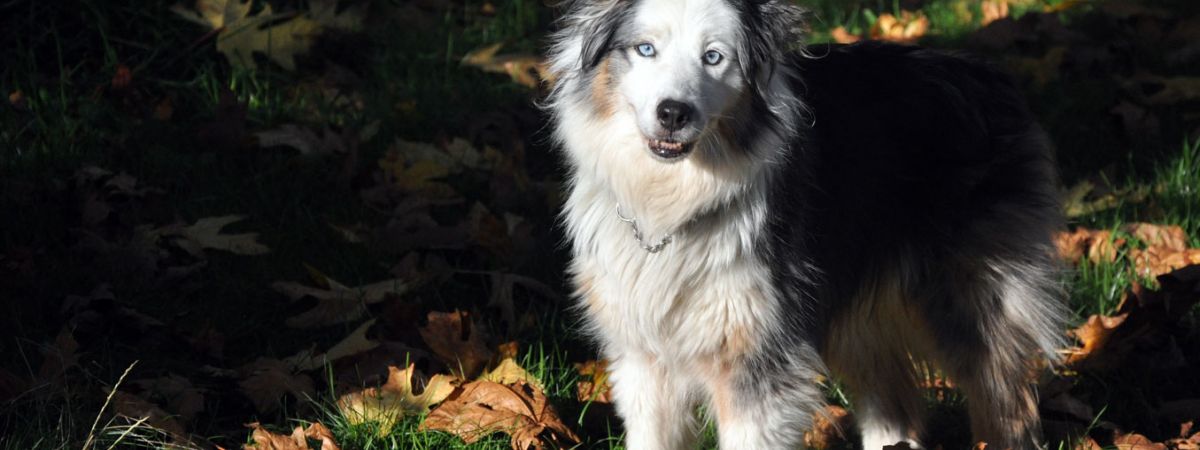Choosing a Collar for Your Dog or Puppy
With so many types of collars to choose from, it can be confusing to figure out which one is best for your dog or puppy. You’ll want to keep in mind your dog’s health and safety, while also having some control over your pet during walks.
Your dog needs a collar for several purposes, but importantly to hold his identification and rabies tags. Even if your pet has been microchipped, it is a responsible idea to have him wearing identification at all times.
Another reason for a collar is so that you have some way to physically manage your dog. When you go for a walk, you’ll need to attach a leash to the collar, while around the home you may want to hold your dog’s collar for a reason such as preventing him from running out the door.
If you have a baby puppy, the best type of collar is a lightweight, flat nylon collar that is adjustable in size. With the rapid growth of puppies, it will be necessary to check and readjust the collar on a regular basis.
As your dog matures and grows, you may feel the need to move to a different collar for training purposes and walks. Ask anyone who has ever been dragged down the street by their exuberant pet and they’ll surely tell you that you’ll need some better way of controlling him. Often, when walked on a regular flat collar, dogs will pull so hard that they are choking themselves, coughing and wheezing the whole way.
One option is to use a training collar which looks like a chain. Unfortunately nicknamed a “choke” collar, it is not intended to choke a dog at all. Rather, it should be kept loose at all times and only tight for one quick second at a time in order to regain your dog’s attention. This technique can be difficult for owners to develop, so it may be wise to learn from a professional trainer before using one.
Another option is the prong collar. This collar looks like a medieval torture device which can sometimes make people afraid to use them. However, medical studies show that this type of collar, when used properly, is healthier for a dog’s neck than any other type of training or flat collar because it does not allow constant pressure on the dog’s neck.
Harnesses are another option, although not the best choice for those who don’t want their dog to pull. By nature, dogs are far more likely to pull when wearing a harness, which basically “harnesses” the strong musculature of the dog around the chest and legs, giving him all the more traction to pull you with.
The head halter is yet another option. This type of a collar is similar to a halter you would put on a horse. It goes around the dog’s face, allowing you to control his movements, thereby limiting pulling. However, they can be confusing for pet owners to put on and difficult for dogs to get used to. Most dogs will quickly learn not to pull when wearing the head halter, but the majority of pets will go right back to pulling as soon as they’re not wearing it.
Overall, when choosing the right collar for your pet, it is best to take all safety and training factors into consideration and then decide from there. For most dogs, a good choice is to have a regular, flat nylon collar with tags for everyday wearing, as well as another collar used for training until he learns to walk without pulling.
If you are unsure what type of collar is right for your pet, please consult with a knowledgeable, educated trainer. With a little forethought and obedience practice, your dog can be safe, handsome and well-behaved with whatever collar is right for him!








